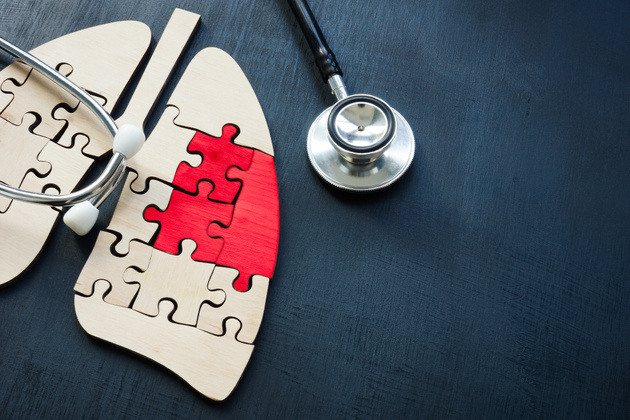Lung cancer staging
Lung cancer staging is based on whether the cancer has spread outside the lung. It is used to stage spread to lymph nodes and other organs. Because the lungs are large, cancer tissue can grow within the lungs for a long time before cancer is diagnosed without spreading to surrounding tissues.

Even when symptoms such as cough and fatigue occur, patients attribute them to other causes such as a cold, pharyngitis or bronchitis. For this reason, it is difficult to detect cancer in the early stages, stages 1 and 2. Staging of lung cancer is important for planning treatment.
Small cell lung cancer stages
Stage 1: The cancer is found only in the lungs and has not spread to any lymph nodes.
Stage 2: The cancer has spread to the lung and nearby lymph nodes.
Stage 3: This stage is divided into 2: 3A and 3B. If the cancer has spread only to the lymph nodes on the same side of the half of the lung where the cancer started, it is called stage 3A. If the cancer has spread to the lymph nodes on the opposite side or to the lymph nodes above the collarbone, this is also called 3B.
Stage 4: Lung cancer stage 4 is the most advanced stage of cancer. At this stage, the cancer has spread to the other half of the lung, distant organs such as the liver, and the fluid between the lung and heart membranes. Advanced stage lung cancer may present with very severe symptoms that require treatment in an intensive care unit.
Stages of small cell lung cancer
This type of lung cancer is divided into two stages: limited and widespread disease.
Limited disease: At this stage, the cancer is only found in only one part of the lung on one side of the chest and nearby lymph nodes.
Common disease: At this stage, the cancer has spread to the other half of the breast or other parts of the body.



